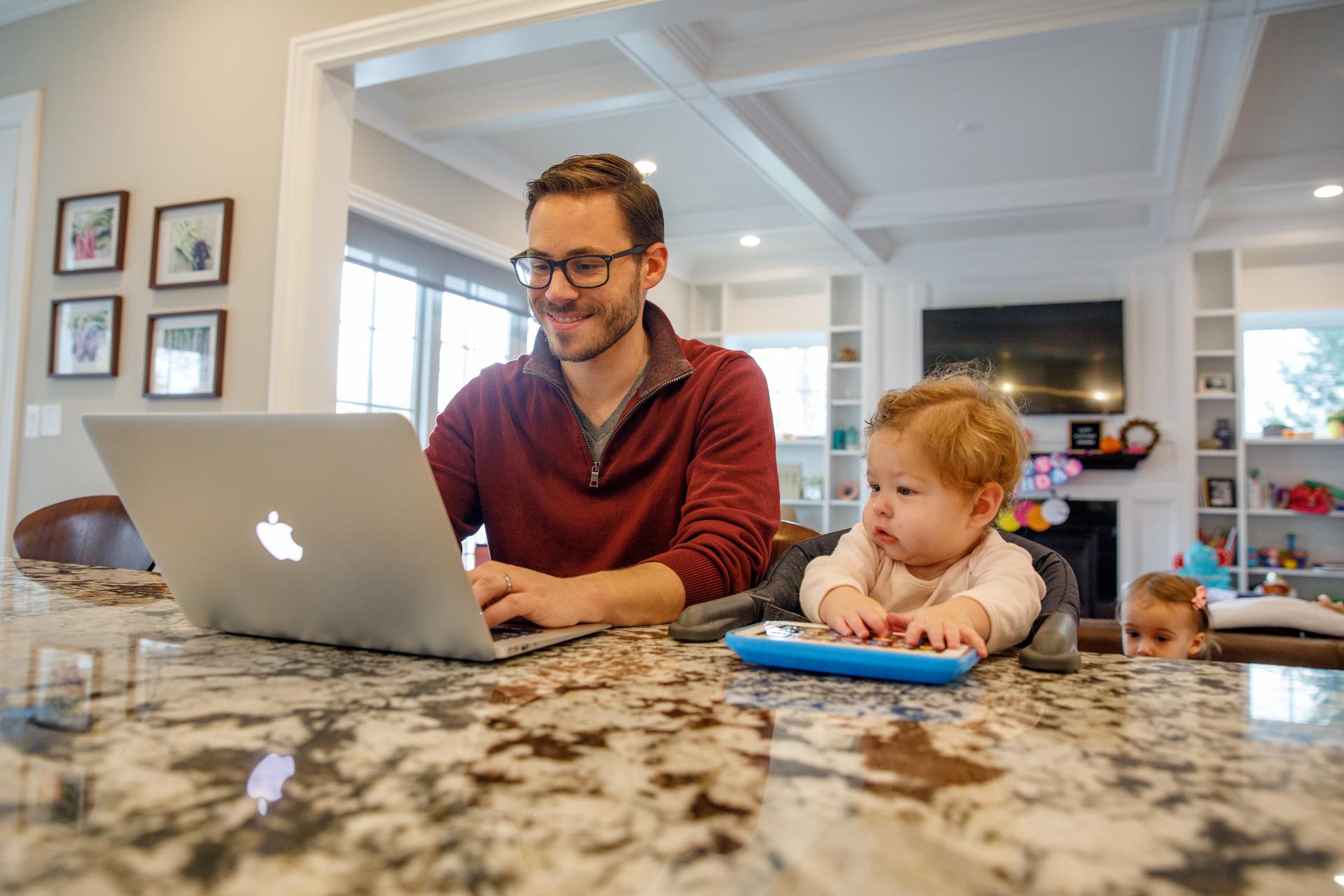As students and faculty at the George Washington University prepare for an unprecedented period of virtual learning, many will face technological and contextual challenges. Natalie Milman, professor of educational technology and director of the Educational Technology Leadership Program at the Graduate School of Education and Human Development, has been teaching online since 2001 and works with professionals in many fields to develop online trainings of their own. Dr. Milman talked to GW Today about how instructors and their students can take on the challenges of the coming weeks and months.
GW Today: What advice would you give students and instructors for dealing with the shift to online learning this semester?
Dr. Milman: Well, first of all, it’s important to stress that this is not normal online education. It’s what I call “emergency remote teaching and learning.” Even programs that were already being taught online, like mine, have to consider how to adapt to these altered circumstances. One hope of mine is that this experience doesn’t turn them off from online education!
With that understanding that this is where we are—in an emergency—communication is going to be really important, both between instructors and students and between peers. Instructors should be letting students know what to expect, how frequently they’re communicating and what their expectations are. For instance, they can suggest how often students should check their email or Blackboard announcements.
To promote students’ well-being, the lines of communication should be open as well. These are really tough times, and we don’t know everyone’s situation. So if someone checks out or is missing in action, we should go the extra mile to reach out and check on them—and this is for both instructors and students to do.
Q: What are the biggest challenges for students and instructors?
A: Everyone is going to be operating in a variety of circumstances, and some of those will be really difficult. Some students or instructors might be in homes that are loud and crowded—e.g., many instructors are home with their spouses and children, and some are also caring for their own parents—or that aren’t conducive to teaching or learning in whatever other way. They may not all have access to the same technology. Many will be in different time zones. Getting everyone online, together, at the same time, in the same way, is going to be very difficult.
In my program, we use Blackboard, which is available to everyone at GW, and our lectures are offered asynchronously. If I have a video or recording, it’s recorded and posted for students to view when they can. I incorporate text, video and often links to sources outside my lecture.
One of the things I strongly believe in is providing adult learners with opportunities for choice. What do students want to learn, and how deeply do they want to dive into the content? So I like to provide options, like asking them to choose one of two or three sources to read or view. Flexibility and adaptability are very important.
Q: How do students and instructors balance flexibility with having enough of a routine to stay sane?
A: Well, we can think about developing individual schedules, if they’re forgiving and able to evolve. But an important thing we all need to work on is to focus on physical and emotional well-being. Go outside and take a walk or run if you can, while still social distancing, of course. Try to get enough rest. If you’re having anxiety, please reach out—and if you sense that someone is struggling, take the initiative and reach out to them. Even if we can’t connect with each other physically, we still need to be checking up on one another. My first question in most of my communications now is “How are you doing?” I feel like we need to provide space for each other to share and connect and realize we are all in this together—and human.
We also need to keep open minds and view this as a learning opportunity. We’ve all been thrust into this unprecedented situation—it’s not like we had an orientation period to learn how to use all these technologies, like we do in my program! So there are going to be stumbles.
We should also reflect on these challenges and examine how we can transform them into opportunities. Right now, people all over the world have had to figure out how to use technology to work, teach and learn in ways they never imagined they would have to do, and on very short notice. But technology has its limitations. I really do hope that we don’t get stuck in the limitations and instead figure out what new technologies, innovations and approaches might be developed to provide even better solutions than those that currently exist. What will we learn from all of this, and how will it make us better instructors, students, employees and people?



